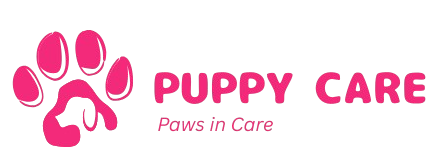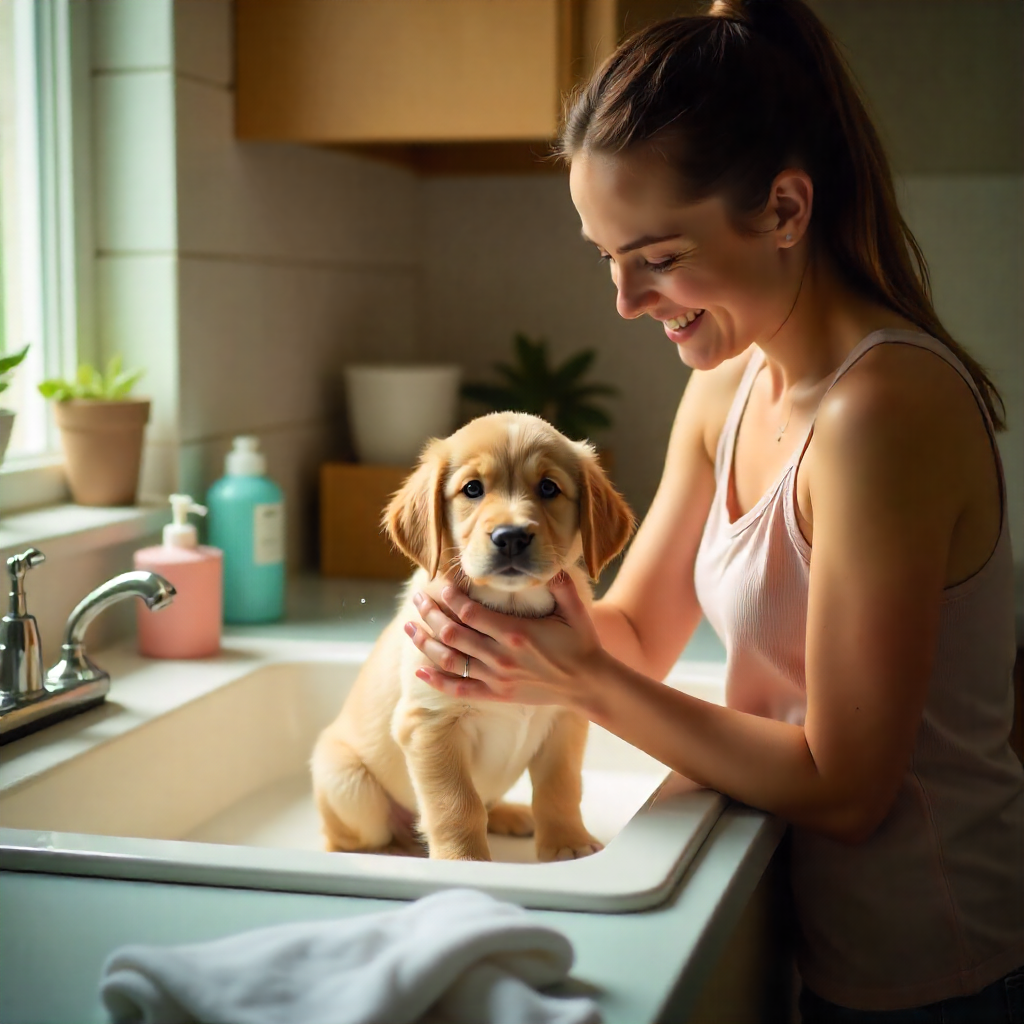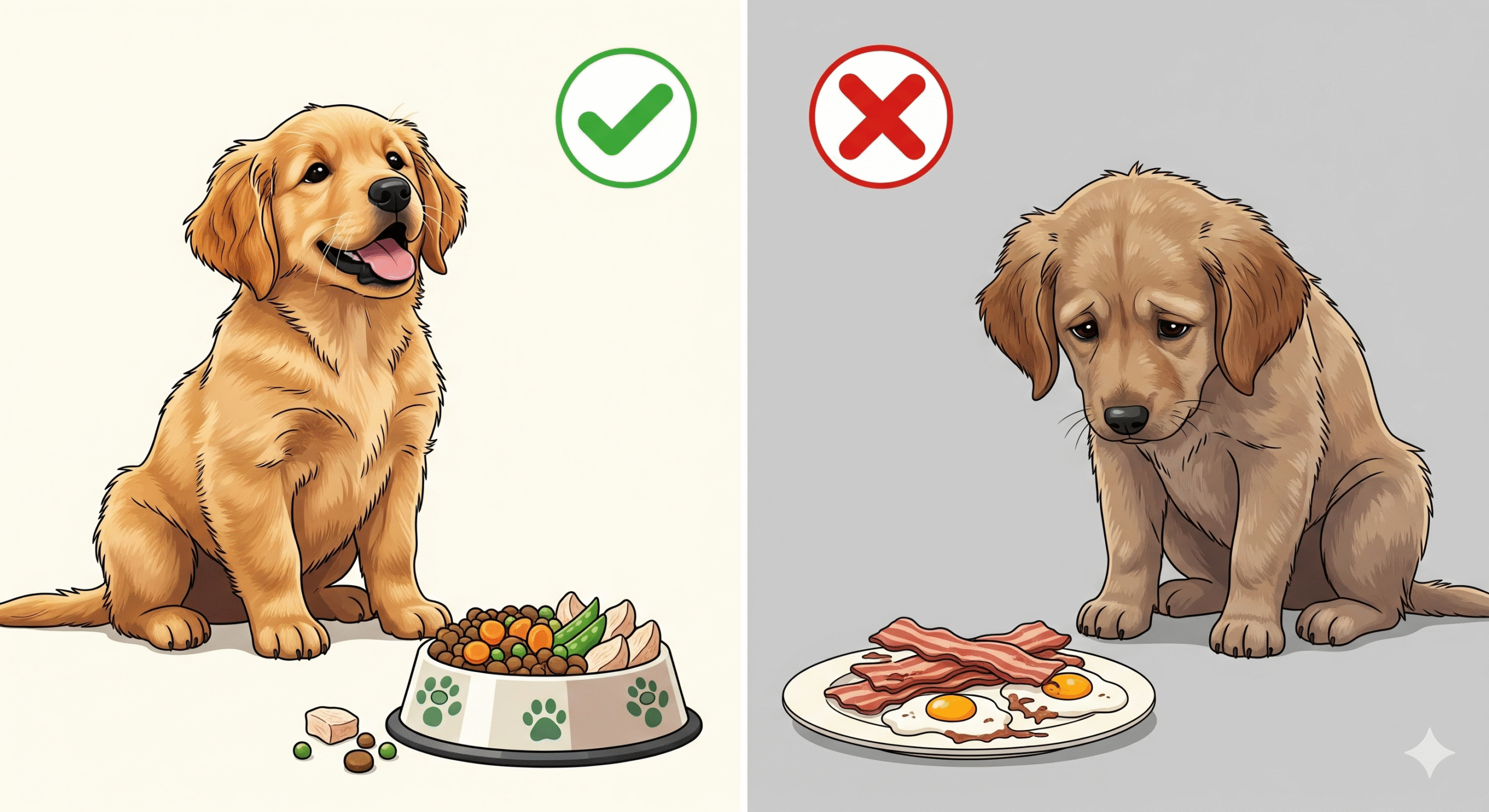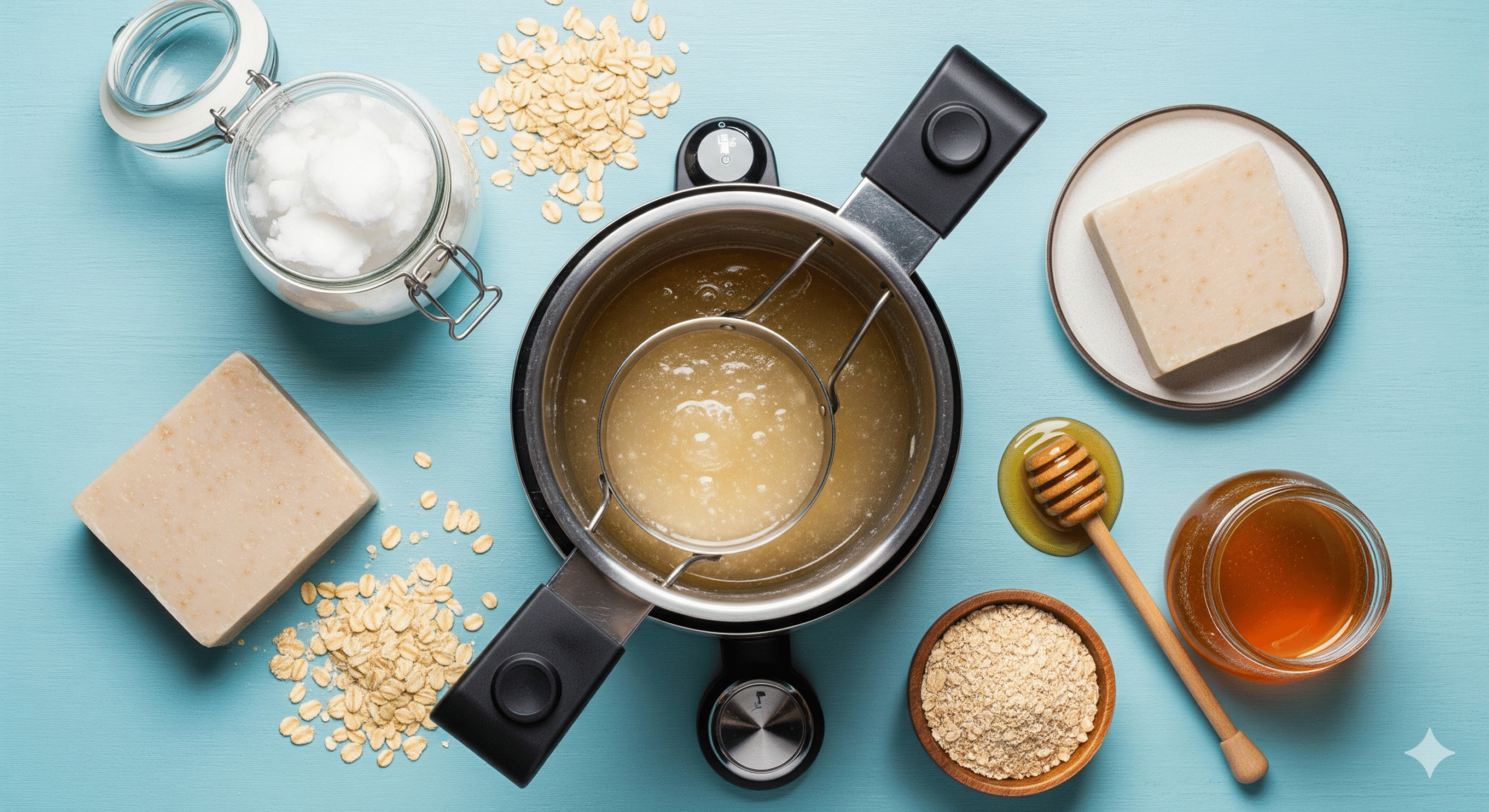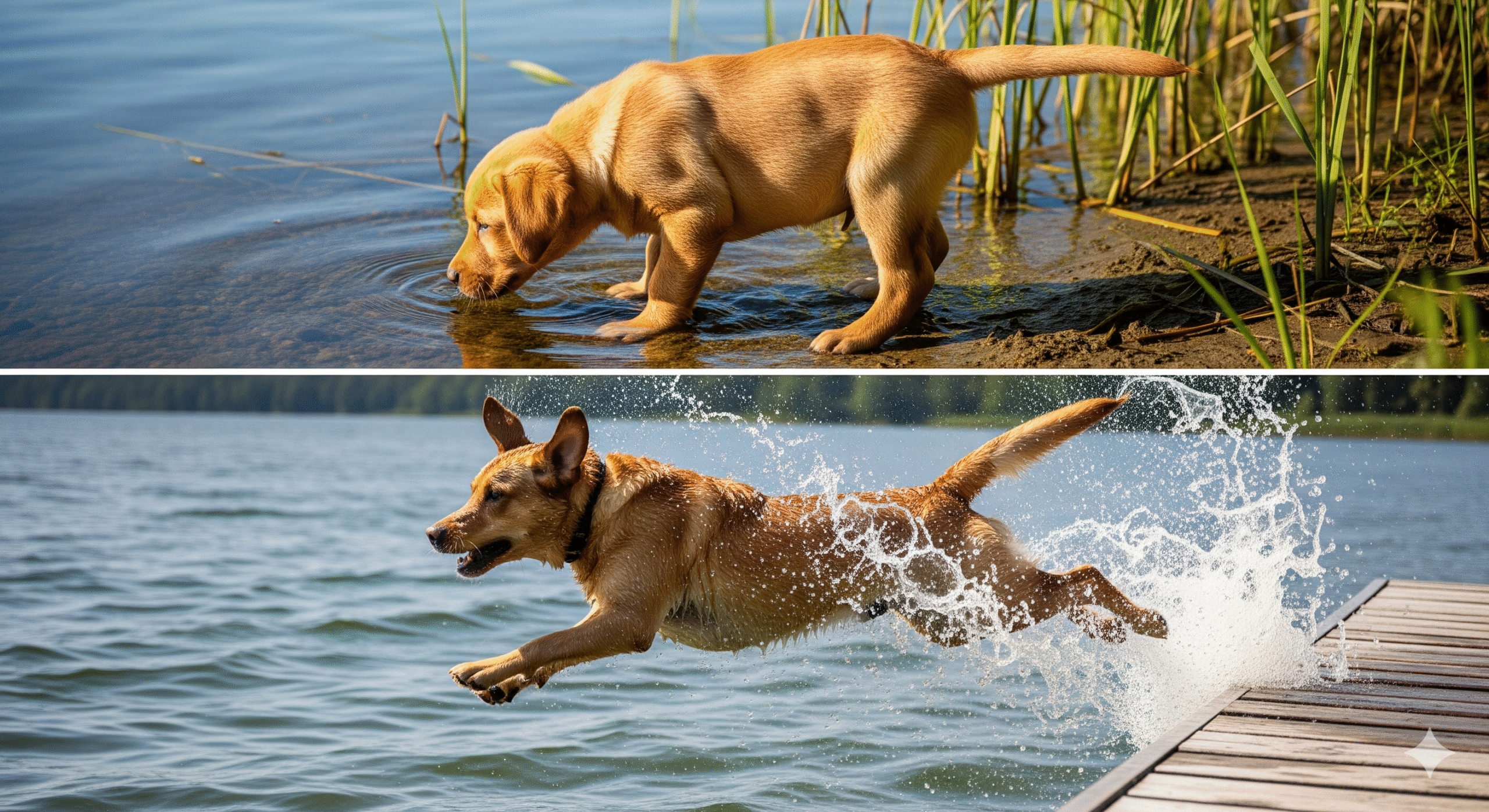Bringing a new puppy home is a whirlwind of joy, cuddles, and… messes! Between playful romps in the mud and the occasional potty accident, the question of bath time inevitably arises. Bathing your puppy for the first time can feel like a daunting task for both of you. But it doesn’t have to be a stressful, splash-filled ordeal!
With the right preparation, tools, and mindset, you can turn your puppy’s first bath into a positive bonding experience that sets the stage for a lifetime of easy grooming. This comprehensive guide will walk you through every single step, from pre-bath prep to post-bath cuddles, ensuring you and your furry friend have a successful and calm experience.
Why the First Bath is So Important 🧠
The first puppy bath is about much more than just getting your dog clean. It’s a critical training and socialization moment. Puppies are in a key developmental stage, and their experiences now shape their behavior for life.
- Building Positive Associations: A gentle, positive first bath teaches your puppy that grooming is nothing to fear. This prevents future battles and makes vet visits, nail trims, and regular baths much easier.
- Establishing Trust: You are your puppy’s safe space. Handling them with care and patience during a vulnerable activity like bathing deepens their trust in you.
- Foundational Training: This is an opportunity to practice basic commands like “stay” and “paw” in a new context, reinforcing their training.
A bad experience, on the other hand, can lead to long-term anxiety around water and grooming. The goal isn’t a perfectly clean puppy; it’s a happy and comfortable puppy.
Pre-Bath Preparation: Setting the Stage for Success 🛁
The secret to a smooth bath is all in the preparation. Rushing in is a recipe for chaos. Gather your supplies and set the scene before you bring your puppy into the room.
Gathering Your Puppy Bath Supplies
You must have everything within arm’s reach. Chasing a soapy, wet puppy because you forgot a towel is not fun! Here’s your essential checklist:
- Puppy-Specific Shampoo: 🚨 This is non-negotiable. Human shampoo has a different pH level that can severely irritate your puppy’s sensitive skin. Choose a gentle, tearless formula made specifically for puppies.
- Conditioner (Optional): For puppies with longer or more prone-to-tangling coats, a puppy-safe conditioner can help.
- Several Soft, Absorbent Towels: Have at least two or three ready. Puppies are surprisingly good at getting everything wet!
- Non-Slip Mat: Place this in the tub or sink to prevent your puppy from slipping and sliding, which is a major source of fear.
- Jug or Detachable Sprayer: A gentle sprayer is ideal, but a large plastic jug for rinsing works perfectly.
- Treats, Treats, and More Treats: Have a stash of high-value treats (like small pieces of chicken or cheese) ready to reward calm behavior.
- Brush or Comb: Gently brush your puppy before the bath to remove any loose fur and mats, which get worse when wet.
- Cotton Balls: To gently place in their ears to prevent water from getting in (do NOT push them deep into the ear canal).
Choosing the Perfect Bath Location
The right location depends on the size of your puppy.
- Utility Sink or Kitchen Sink: Ideal for small and medium breeds. It’s waist-high for you, reducing back strain.
- Bathtub: The go-to for larger breeds. Remember the non-slip mat!
- A Plastic Tub: A great portable option that can be used anywhere, like on the floor or outside on a warm day.
Pro Tip: Ensure the room is warm and draft-free. Puppies lose body heat quickly when wet.
Keeping Your Puppy Calm During Grooming
The most important part of the process is keeping your puppy calm. If your puppy becomes stressed or anxious, it’s best to stop and try again later. We have some great tips on how to calm an anxious puppy during grooming if you need help. Forcing the issue can create a negative association with nail trimming for life.
Learn more: Puppy Nail Trimming GuideThe Step-by-Step Guide to Bathing Your Puppy
Now for the main event! Stay calm, speak in a soft, cheerful voice, and be patient. Your puppy will pick up on your energy.
Step 1: The Calm Introduction
Don’t just plop your puppy into the water. Let them investigate the empty tub and the supplies. Offer treats for any interaction with the tub. Place them gently in the dry tub and give them a treat. Keep this session short and positive.
Step 2: Getting Wet (The Right Way)
- Use lukewarm water—not hot, not cold. Test it on your wrist like a baby’s bottle.
- Slowly start to wet your puppy’s body, starting from the neck down. Avoid spraying directly in the face, ears, and eyes initially.
- Use a calm, steady stream of water. A sudden, loud spray can be frightening.
- Continuously offer praise and treats for staying calm.
Step 3: Lathering Up with Shampoo
- Dilute the puppy shampoo with a bit of water in your hand or a cup. This makes it easier to spread and rinse.
- Gently massage the lather all over their body, from neck to tail and down their legs.
- Avoid the head area for now. Speak softly to them throughout this process.
- For the face, use a washcloth dampened with water and a tiny dot of shampoo to gently wipe around the muzzle and eyes, being extremely careful.
Step 4: The Thorough Rinse
- This is the most important step! Leftover shampoo residue can cause intense skin itching and dryness.
- Rinse, rinse, and rinse again until the water runs completely clear. Lift up their ruff and legs to ensure all soap is gone from hidden areas.
- Carefully rinse the soapy washcloth and use it to wipe any soap off their face.
Step 5: The Great Dry Off
- Lift your puppy out of the tub and immediately wrap them in a soft, absorbent towel.
- Gently blot and rub them dry. Don’t be too vigorous—just firm and comforting.
- Important: Unless it’s an emergency, avoid using a human hairdryer. The high heat and loud noise can scare them and burn their skin. If you must use one, keep it on the lowest, coolest setting and hold it far away from their body.
- Have a second dry towel ready to swap out if the first one gets too wet.
After the Bath: Cuddles and Care 🧺
The experience isn’t over once they’re out of the tub!
- Keep Them Warm: Keep your puppy in a warm, draft-free room until they are completely dry.
- Reward Generously: Give them a special treat, a favorite toy, or some calm cuddle time. This reinforces that good things happen after a bath.
- Post-Bath Zoomies: Don’t be alarmed if your puppy gets the “zoomies” and tears around the house. This is a common way for them to release pent-up energy and stress from the bath.
Expert Insights: What to Avoid ❌
- Don’t Bathe a Puppy Too Young: Wait until your puppy is at least 8 weeks old. Very young puppies cannot regulate their body temperature well. Always check with your vet for the all-clear.
- Never Use Human Products: As stated, this can cause serious skin issues.
- Don’t Force It: If your puppy is panicking, take a break. It’s better to have a half-clean puppy and try again another day than to traumatize them.
- Avoid Water in Ears and Eyes: Be meticulously careful around these sensitive areas.
Making it a Positive Routine ✨
Bathing a dog shouldn’t be a rare, scary event. Incorporate mini “practice” sessions between full baths. Let your puppy hang out in the dry tub for treats, gently handle their paws, and turn on the water for a second so they get used to the sound. The more normal it feels, the easier it will be every single time.
Your First Puppy Bath Checklist: A Summary
- Wait until puppy is at least 8 weeks old
- Brush coat to remove tangles
- Gather all supplies within reach
- Place non-slip mat in tub/sink
- Use lukewarm water
- Use puppy-specific shampoo
- [ Bold Keyword: ] Reward frequently with high-value treats
- Avoid face, eyes, and ears with direct spray
- Rinse thoroughly until water runs clear
- Dry with soft towels in a warm room
- Reward with praise, play, or cuddles!
Ready for a Lifetime of Happy Grooming?
Congratulations! You’re now equipped with all the knowledge you need to give your puppy a first bath that is safe, effective, and—dare we say—enjoyable. Remember, patience and positivity are your most important tools.
What was your puppy’s first bath experience like? Do you have any tips for other new puppy parents? Share your stories and photos in the comments below! We love celebrating your clean, happy pups! 🐶💕

